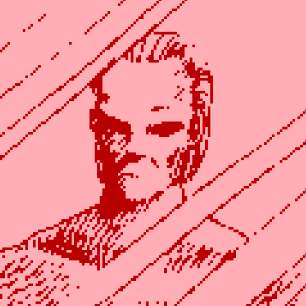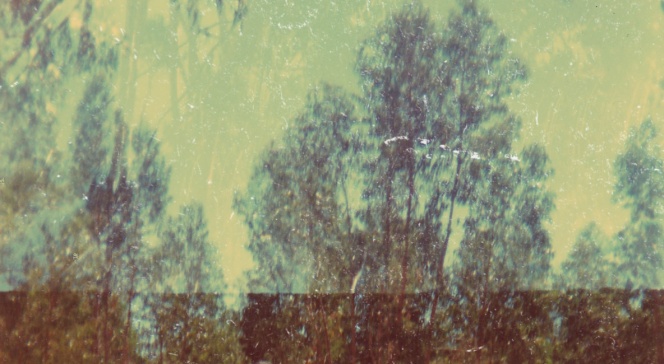
Este es uno de los mejores álbumes de ambient que han salido en los últimos años, y siento la necesidad de compartirlo porque no es accesible a todo al mundo, ya que el nombre del artista, quien no es otro que John Zobele, fundador del sello de future funk Business Casual, está escrito en coreano (significa “padre”) y el disco no está disponible en ninguna plataforma a excepción de Bandcamp, donde también puede adquirirse en casete (¡solo quedan tres!). La sensación al escucharlo realmente es la de haber encontrado un tesoro.
‘Reflection’ se compone de 8 temas compuestos por fragmentos rítmicos y melódicos minúsculos que se repiten ad nauseam, creando “loops” llenos de microbeats estancados similares a los de los CDs rallados que parecen frustrar la continuidad “lógica” del tiempo, y por qué no decirlo, desafían la paciencia del oyente. Sin embargo, los paisajes sonoros del disco son luminosos e hipnóticos y desprenden una enorme emotividad e intriga. Me refiero particularmente a las canciones ‘reflections’, ‘sinking in’ y ‘voices’, pero todo el disco está producido con una artesanía minuciosa y exquisita, por lo que no extraña que haya despertado comparaciones con dos genios del glitch como son Fennesz (cuyo ‘Endless Summer’ es un claro precedente de ‘Reflection’) y Oval.
Editado en 2016 por BLCR Laboratories, puede considerarse ‘Reflection’ una reacción en lenguaje de “vaporwave” (aunque realmente está más cerca del glitch) a la obra de estos dos músicos, pero a mí me recuerda más al trabajo experimental del cineasta vienés Martin Arnold, quien en sus curiosas reconstrucciones de escenas de películas del Hollywood antiguo hace un uso exasperante de la repetición de instantes infinitesimales de acción con el objetivo de descubrir dimensiones ocultas en escenas en principio inofensivas, como la de un desayuno familiar en ‘Matar a un ruiseñor’ (1962). En ‘Passage à l’acte‘ (1993), Arnold rescata esta escena de 10 segundos y la estanca 10 minutos en el tiempo, extrayendo de ella una tensión asfixiante que busca emular el claustrofóbico transcurso de una guerra.
La repetición mecánica en las escenas de Arnold produce ritmos casi musicales, pero donde el vienés usa esta técnica para descubrir realidades terroríficas en escenas de la vida cotidiana, Zobele nos convence con ‘Reflection’ de que la continuidad bloqueada del tiempo puede sonar a sueño. Fennesz lo hizo antes a su manera, pero pocas veces el glitch ha sonado tan sumamente trascendental como en ‘Reflection’. Zobele ha creado un tapiz sonoro detallista y conmovedor que merece toda la atención del mundo.

